Key findings
The latest Australian Child Health Poll has found that almost all Australian teenagers, two- thirds of primary school-aged children and one-third of preschoolers now own their own tablet or smartphone.
As well as owning their own device, three in four teenagers, and one in six primary school-aged children, have their own social media accounts. The minimum age restriction on most social media platforms is 13.
The Director of the Australian Child Health Poll, paediatrician Dr Anthea Rhodes said one of the most significant findings, that directly affected children’s health, was the impact of screen use at bedtime on sleep.
“Almost half of children regularly use screen-based devices at bedtime, with one in four children reporting associated sleep problems. Teenagers using screens routinely at bedtime were also more likely to report experiencing online bullying. It’s best to have no screen-time an hour before bed and keep screens out of the bedroom, to ensure a better quality of sleep,” she said.
The poll also reveals that 50 per cent of toddlers and preschoolers are using a screen-based device without supervision.
“The demands of the modern lifestyle mean a lot of parents are busy, so they use screen use as a digital babysitter. We found that 85 per cent of parents of young children say they use screens to occupy their kids so they can get things done.” Dr Rhodes said.
“There is little evidence to support the idea that screen use benefits the development of infants and toddlers, but physical playtime and face-to-face contact is proven to be critical to a child’s development. If you do offer screen time to your young child, it’s better if you watch it with them, so you can talk together about what they are seeing and help children to learn from the experience.”
When it comes to what’s happening in Australian households, Dr Rhodes said that many families are experiencing conflict over screen use and that a lack of physical activity and excessive use are big concerns to parents.
Dr Rhodes adds that the poll identified a link between parents’ screen use and their children’s use of screens.
“A strong relationship was seen between parents’ screen use and that of their children. Basically, a parent who has high levels of screen use is more likely to have a child with high levels of use. Three quarters of parents of children under six also said they do not put time limits on screen use.
However, most parents told us that they do try to limit their children’s screen use but are not sure how to do this effectively,” she said.
The current Australian guidelines for screen use in children were last updated in 2014, but Dr Rhodes says new guidelines may go some way in helping parents with their children’s screen use.
“These were developed before the widespread use of mobile screen devices. Up-to-date guidelines and resources for parents, and healthcare workers, would give parents a base for developing healthy habits when it comes to screen use,” she said.
The Australian Child Health Poll overall key findings include;
- The majority of Australian children, across all age groups, are exceeding the current national recommended guidelines for screen time,
- Eighty-five per cent of parents of young children (aged less than 6 years) said they used screen-based devices to occupy their kids so they could get things done with one in four doing this every day of the week.
- Teenagers spend the most amount of time on a screen-based device at home, of any age group, at almost 44 hours on average per week – more than the time equivalent of a full time job. Parents averaged almost 40 hours per week.
- Younger children also spend a significant time using screens at home; infants and toddlers averaged 14 hours, the two to five year-olds 26 hours, and the six to 12-year age group averaged 32 hours per week.
Note: A screen-based device in this poll was defined as a television, computer, laptop, gaming console, iPhone, smartphone, iPad and other tablet.
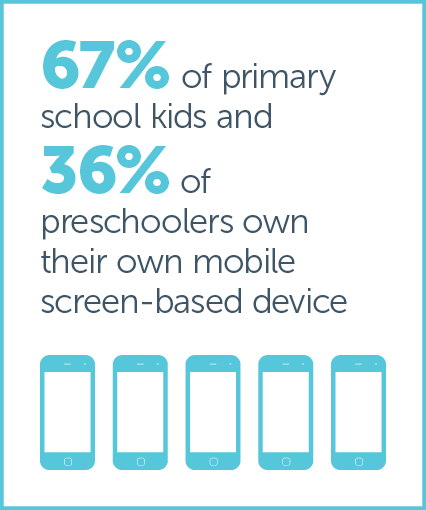

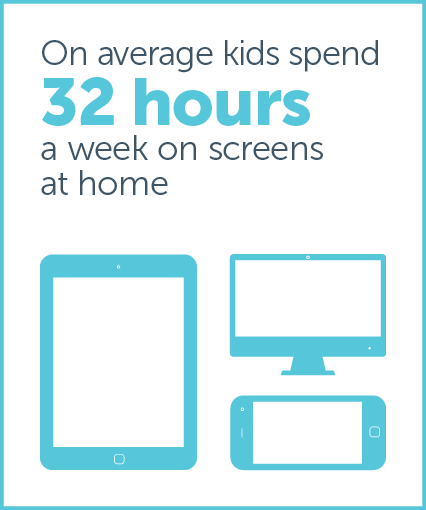
Poll report

Screen time and kids: What's happening in our homes?
Download report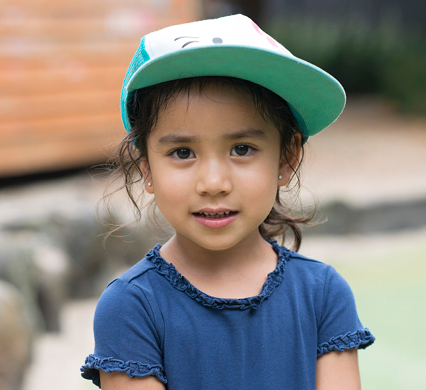
Poll questions

Screen time and kids: What's happening in our homes?
Download questions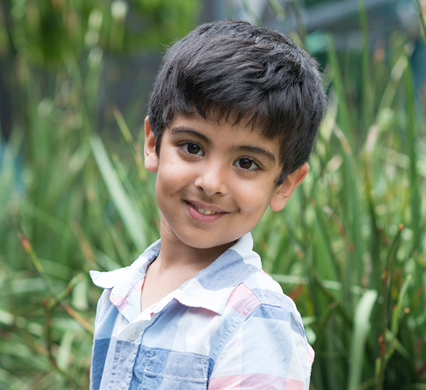
In the news
Channel 7 News
The Guardian
One-third of preschoolers own smartphones or tablets, child health poll finds
SBS News
Parents struggling to contain screen time for all ages

Information for parents
Guidelines and recommendations
- Australian Department of Health – Guidelines on sedentary behaviour and screen time
- American Academy of Pediatrics – Media and Children Communication Toolkit
Tips to manage screen time
- Australian Parents Council
- Raising Children Network – Screen time
- Australian Government Office of the Children’s eSafety Commissioner
- American Academy of Pediatrics
- WA Health Department
- NSW Health Department
Tips to choose high quality media
- Australian Council on Children and the Media
- Common Sense Media
- Australian Classification Guidelines
Here’s some practical advice, from Dr Anthea Rhodes, that may help you manage your family’s screen time at home.
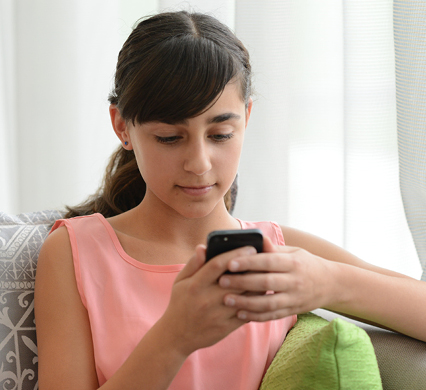


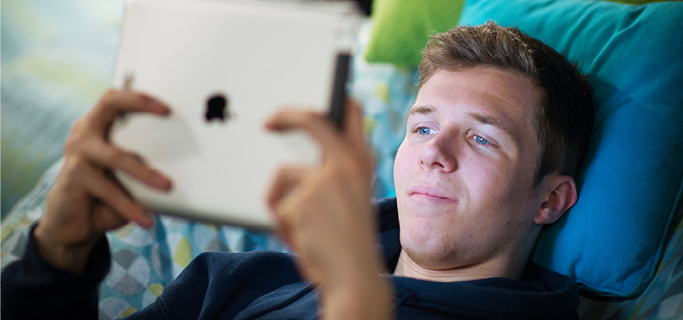
[…] In many cases it no longer looks like it once did, and that may not be a good thing. The Australian Child Health Poll recently investigated digital media use for children. Our infants and toddlers are engaging […]
[…] evidence of this evolution, the Australian child health poll recently investigated digital media use for children. Our infants and toddlers are engaging with […]
[…] kids spend an increasing number of hours in front of screens –research shows kids spend on average 32 hours a week in front of a screen and their parents average 40 […]
[…] In many cases it no longer looks like it once did, and that may not be a good thing. The Australian Child Health Poll recently investigated digital media use for children. Our infants and toddlers are engaging […]
[…] evidence of this evolution, the Australian child health poll recently investigated digital media use for children. Our infants and toddlers are engaging with […]
[…] activity and sedentary behaviour advise children under two avoid screen time entirely. But a nationally representative poll conducted by the Royal Children’s Hospital found 63% of children aged two and under had screen […]
[…] relying on digital games for play. But children’s use of screens remains a source of anxiety and conflict for many […]
[…] relying on digital games for play. But children’s use of screens remains a source of anxiety and conflict for many […]
[…] digital video games for play. However youngsters’s use of screens stays a supply of anxiety and conflict for a lot of […]
[…] on digital games for play. But children’s use of screens remains a source of anxiety and conflict for many […]
[…] relying on digital games for play. But children’s use of screens remains a source of anxiety and conflict for many […]
[…] video games for play. However youngsters’s use of screens stays a supply of anxiety and conflict for a lot of dad and […]
[…] on digital games for play. But children’s use of screens remains a source of anxiety and conflict for many […]
[…] relying on digital games for play. But children’s use of screens remains a source of anxiety and conflict for many […]
[…] evolving. In many cases it no longer looks like it once did, and that may not be a good thing. The Australian Child Health Poll recently investigated digital media use for children. Our infants and toddlers are engaging with […]
[…] The Royal Children’s Hospital Melbourne. (2017) Screen time: What’s happening in our homes? Retrieved from: https://rchpoll.org.au/polls/screen-time-whats-happening-in-our-homes/ […]
[…] to a recent poll by the Royal Children’s Hospital, 95% of high-school students, two-thirds of primary school children and one-third of preschoolers […]
[…] to a recent poll by the Royal Children’s Hospital, 95% of high-school students, two-thirds of primary school children and one-third of preschoolers […]
[…] to a recent poll by the Royal Children’s Hospital, 95% of high-school students, two-thirds of primary school children and one-third of preschoolers […]
[…] Children spend one third of their waking hours in front of a screen. […]
[…] activity and sedentary behaviour advise children under two avoid screen time entirely. But a nationally representative poll conducted by the Royal Children’s Hospital found 63 per cent of children aged two and under had […]
[…] activity and sedentary behaviour advise children under two avoid screen time entirely. But a nationally representative poll conducted by the Royal Children’s Hospital found 63% of children aged two and under had screen […]
[…] activity and sedentary behaviour advise children under two avoid screen time entirely. But a nationally representative poll conducted by the Royal Children’s Hospital found 63% of children aged two and under had screen […]
[…] evidence of this evolution, the Australian child health poll recently investigated digital media use for children. Our infants and toddlers are engaging with […]
[…] evolving. In many cases it no longer looks like it once did, and that may not be a good thing. The Australian Child Health Poll recently investigated digital media use for children. Our infants and toddlers are engaging with […]
… [Trackback]
[…] Read More on|Read More|Find More Informations here|Here you can find 15728 additional Informations|Informations to that Topic: rchpoll.org.au/polls/screen-time-whats-happening-in-our-homes/ […]
… [Trackback]
[…] Find More here|Find More|Read More Informations here|Here you can find 58776 additional Informations|Informations on that Topic: rchpoll.org.au/polls/screen-time-whats-happening-in-our-homes/ […]
… [Trackback]
[…] Find More on|Find More|Find More Infos here|There you will find 63048 more Infos|Infos on that Topic: rchpoll.org.au/polls/screen-time-whats-happening-in-our-homes/ […]
… [Trackback]
[…] Find More here|Find More|Read More Informations here|Here you can find 65305 additional Informations|Informations on that Topic: rchpoll.org.au/polls/screen-time-whats-happening-in-our-homes/ […]